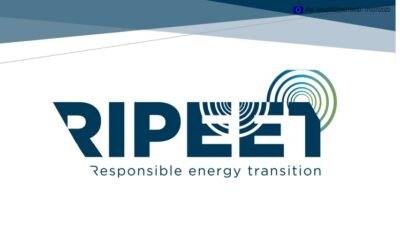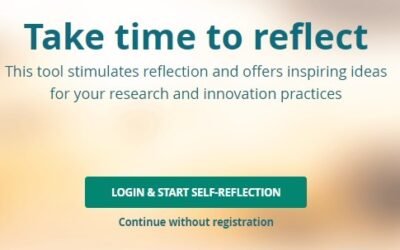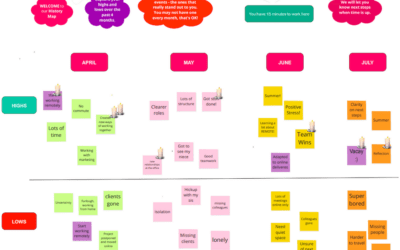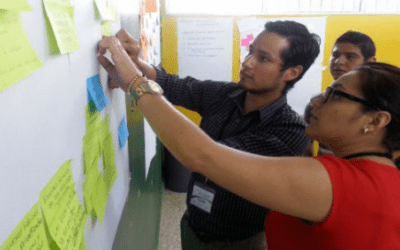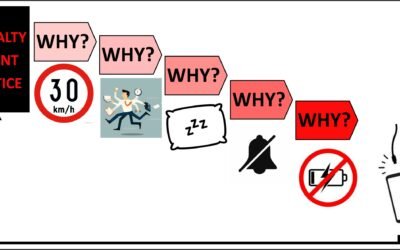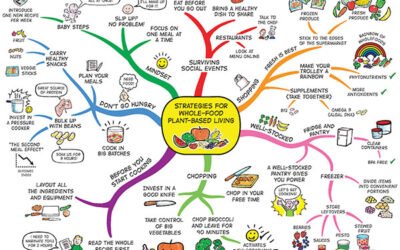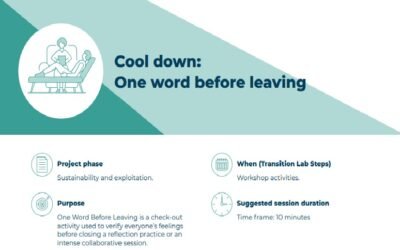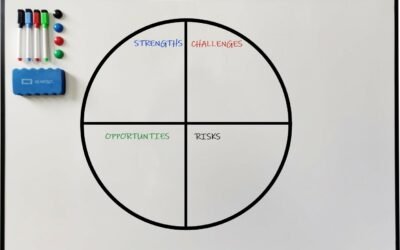
RIPEET Transition Labs Handbook
The handbook digs deeper into the ‘Transition Lab’ approach for energy transitions. It shows a clearly well set out approach on how to set up, and run sustainability meetings.
The Sketch Game: discovering your team’s diversity
A drawing exercise that shows us how we can have different ideas and views on various subjects and/or goals. This shows how people come from different cultures and have their own views and ideas. It helps show that we all are equal and need respect.
Idea Evaluation and Selection
This is a tool which helps a group in a meeting decide what tasks are most important for them. It also helps them choose what path, ouf many choices, to follow in their work.
Stakeholder Mapping
The people, usually outside your group, that you will work with, are called ‘stakeholders’ These also usually work to improve community sustainability. They can be in local government or international organizations. But they can also be local groups or even just be local people with important skills.
Organizational Self Reflection
This tool, helps you look at yourself so you can ask questions and begin conversations in your group. You will talk and think about how you do things to help make your group fair to everyone no matter who they are or where they come from.
RICE Scoring Method
Your group probably has its one true goal that it was set up for. But it also has lots of other ideas which you all think could help you get to that main goal. The RICE method can help you find out a clear picture of those different big ideas using actual numbers and not just ‘gut feelings’
History Map
The main purpose of this activity is to help the group think about what experiences they have shared with eachother. You will get an idea of what the group has been through together. You should use this exercise at the end of a project, program.
Foresight or ‘futures’ exercises
Ordinary people should be involved in designing, planning, and building their future environment. Thinking about the future, what are called ‘futures’ exercises, focus on designing how the future can be imagined as more sustainable.
The 5 Why’s Technique
Everything has a cause. But the distance between the effect and the starting cause can be fairly long and not obvious at first. Often the cause of a negative event can be close to home and so more easily solved once we know the real cause: by asking ouselves the five ‘whys’.
Mind Mapping
A ‘mind map’ is a picture of ideas, ideas, or tasks. It starts with a main subject or idea which branches out to other ideas, words, or things that are related to it. Mind maps allow you to show that ideas always following one after another and then another in a line. They can branch out like a tree or a spiders web where ideas can be connected together.
Cool down: One word before leaving (RIPEET)
An activity used at the end of a workshop or meeting to understand everyone’s feelings before everyone goes home. When people worked together in a very focussed and self-questioning way it is important that nobody feels too drained.
SCOR Method
This helps people plan future actions based on the how they see what they are good at and what will be difficult. It will also help them see opportunities and any risks that may be ahead of them.

